As home cooks, we rely on our instincts, our knowledge, and our curiosities -- but we also have to rely on our tools. Which is why we're asking the experts about the essential tools we need to make our favorite foods attainable in our own kitchens.
Today: Cara Nicoletti of The Meat Hook, our weekly butcher consultant, shares the tools you need to make better meat at home. So save yourself a trip to a fancy steakhouse and invest in these kitchen essentials, instead.
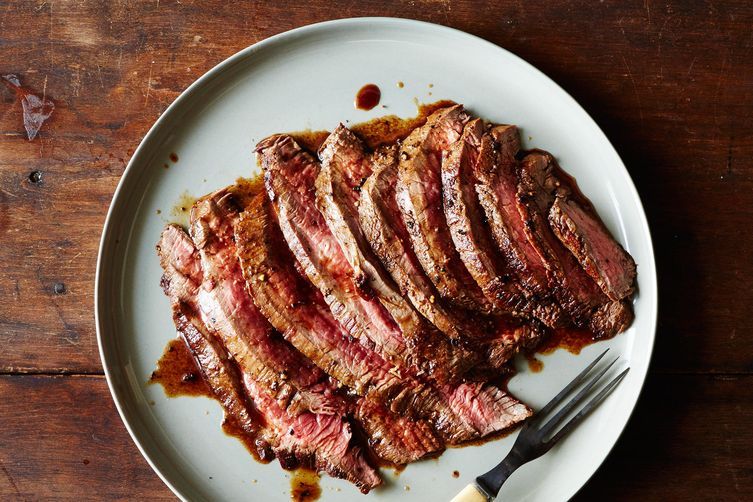
There are an insane amount of kitchen gadgets to be purchased and lusted after and confused about these days, and this can make it hard to know what is actually necessary. People tend to be particularly intimidated by preparing meat, which is understandable considering it’s often pricey and a meal’s main event. Oh, the pressure! As someone who works with meat at work and at home, I’ve made a list of the tools I couldn’t live without (and don’t worry -- they’re all straight-forward and affordable).
Here's what's on my list:
1. Jaccard tenderizer
We use these at the shop every day to tenderize tougher cuts like flank, skirt, and bavette steaks. Unlike meat mallets, which work by beating the meat to a flattened pulp, jacccard tenderizers are made up of 48 retractable blades that pierce in between the meat’s long muscle strands. These long muscle strands are part of what makes them chewy; interrupting them with a blade creates a more tender cut, and it also helps salt and marinades to penetrate below the top layer of meat, which makes for more tender and flavorful meat.
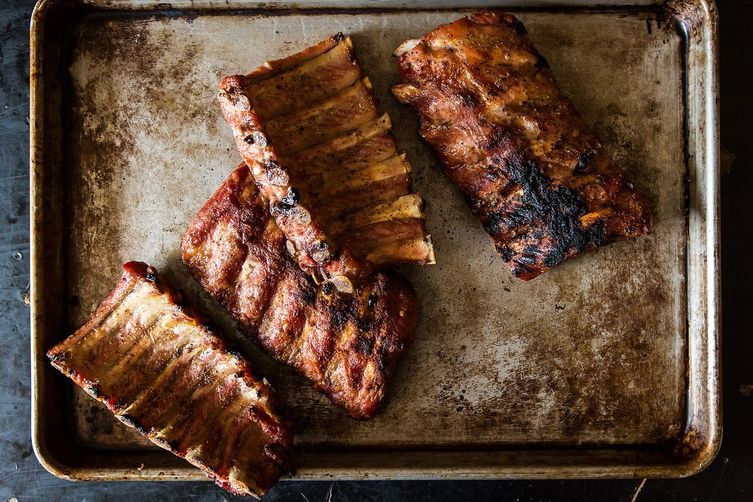
2. Grapeseed oil
A neutral oil with a high smoke-point is essential for getting a great sear on your steaks without setting off the fire alarm. My favorite neutral oil is grapeseed oil: It’s tasteless and has a smoke point of 420° F (for context, extra-virgin olive oil’s smoke point is 375° F). This means that you can get grapeseed oil ripping hot before searing off your steaks, and that will give them that great crust you’re after. You should be able to find grapeseed oil in the oil and vinegar section of any supermarket.
More: Oils can be overwhelming: Here's how to choose the right one for your cooking needs.
3. Boning Knife
There is a knife for pretty much every task in your kitchen, but truthfully, all a home cook really needs is a good chef’s knife, a small paring knife, and, if you prepare a lot of meat at home, a boning knife. Boning knives are generally 5 to 8 inches in length, and their super thin blade makes deboning and fileting meat simpler. For pork, beef, and lamb, I prefer a stiff blade -- they’re easier to maneuver around larger bones. But for smaller-boned meats like fish, poultry, and rabbit, I like a flexible blade. The only boning knives in my scabbard are Victorinox-Forschner, because they are affordable, they keep an edge, and they can handle my daily abuse.
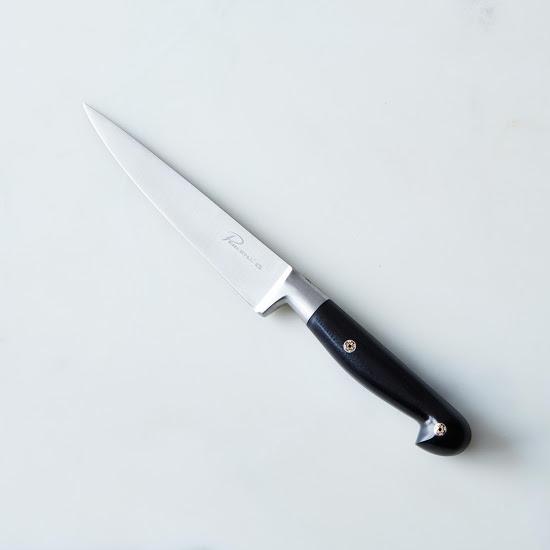
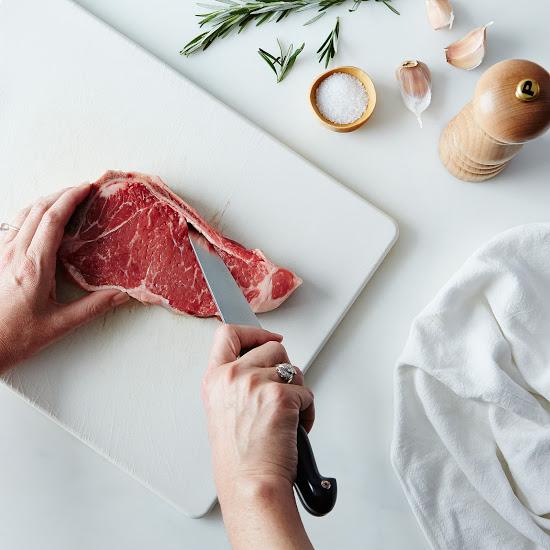
4. Honing Steel or Whetstone
I cannot stress enough the importance of keeping your knives sharp when you are cutting anything -- especially meat. There is nothing worse than trying to handle meat with a dull knife; not only will you be working much harder than you need to, but you will inadvertently tear your meat (and possibly your fingers) into tartare, which is no good. If your boning knife is frequently coming into contact with bones, it will need to be sharpened frequently.
A honing steel is a good tool for everyday sharpening that will bring the edge of your blade back to life. Steel and ceramic honing rods usually have ridges running down their length, whereas diamond honing steels are smooth and embedded with tiny, gritty diamond particles. If you don’t know how to use a honing steel, this video will help you. You should be able to buy a steel at any kitchen store that sells knives, or you can purchase one online.
If you are using your knives all day, every day, you may want to invest in a whetstone to use once or twice a week. Whetstones come in a variety of grits (or grades) with numbers ranging from low to high, which indicates their coarseness. Be sure to research what grit is best for the knife you are sharpening. Watch this video for tips on how to use a whetstone effectively -- once you get the hang of it, the process is very relaxing!

5. Cast iron pan
Is there anything these beauties can’t do? I use mine for everything from quick breads to roasts, and it never lets me down. Cast iron skillets are ideal for cooking meat because they are able to withstand insanely high temperatures, which means that they will give your steak a fantastic sear. They can handle the heat of your stovetop, your oven, and even your grill or campfire. Cast iron is also great because it distributes heat evenly, which means that you don’t have to worry about half of your steak being well-done while the other half is still rare. Remember that cleaning them thoroughly with soap is a no-no, so your post dinner cleanup just got slightly easier. If you season it well, your pan will last you forever. You can buy one at any kitchen goods store, and here are some tips on buying the right kind for you.
More: All you need to get a good sear is a bit of faith (and a good pan).

6. Meat thermometer
If you cook meat every single day or you are a psychic, it’s possible that your internal clock is honed to know exactly when your meat is perfectly cooked. For most of us though, thermometers are invaluable, especially for large roasts. No matter how expensive your grill is, the thermometer on the outside of it is rarely totally accurate, which can make cooking time unpredictable. This thermometer by Thermoworks has an alarm to alert you when your meat hits the desired temperature. Its extra-long cord is super durable and can withstand high temperatures, making it great for grilling. For a less expensive but still solid choice, try this one, also by Thermoworks.
More: This thermometer works with your iPhone and iPad, which means you could be monitoring the temperature of your meat right now.

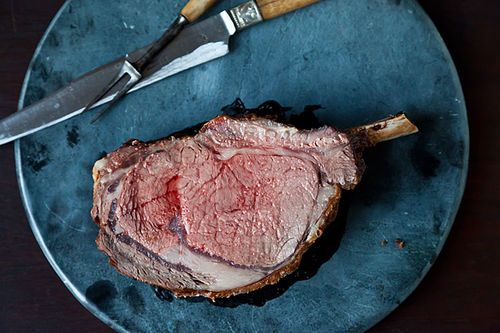
7. Heavy wooden cutting board or butcher block
A butcher block isn't just cool-looking: It's also a great asset to your meat preparation. Wood is much easier on your knives than plastic, so cutting on a butcher block will keep your knives sharper for longer. Lots of people worry about bacteria when using wooden boards because of the old myth that wood absorbs bacteria and is thereby impossible to clean completely. The opposite has actually been found to be true, and the USDA has since overturned their mandate that restaurants use only plastic boards. That being said, it is important to clean your boards thoroughly after cutting meat. Scrape them with a bench scraper regularly and disinfect them either with heavily diluted bleach water, wood-safe soap, or white vinegar.
A good cutting board will be heavy enough to stay in place without moving around while you are cutting and durable enough to take lots of use without splitting. For me, the gold standard is Boos: Their boards are not only gorgeous, but they will also last forever if maintained properly. Boos has great information on how to maintain your blocks, and they sell food-grade mineral oil for maintenance.
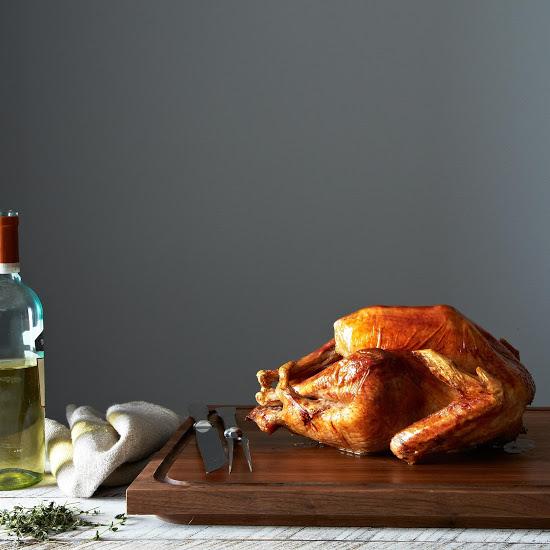
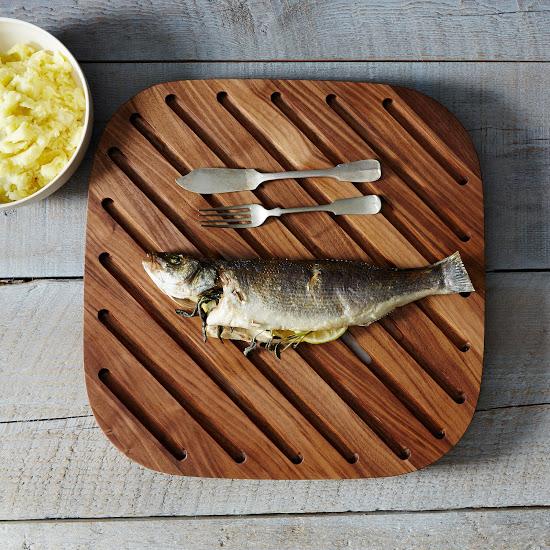
Porterhouse steak photo by Tom Hirschfeld; last photo by Mark Weinberg; all other photos by James Ransom
When it comes to preparing and cooking meat, which tools do you find yourself turning to again and again?












See what other Food52 readers are saying.